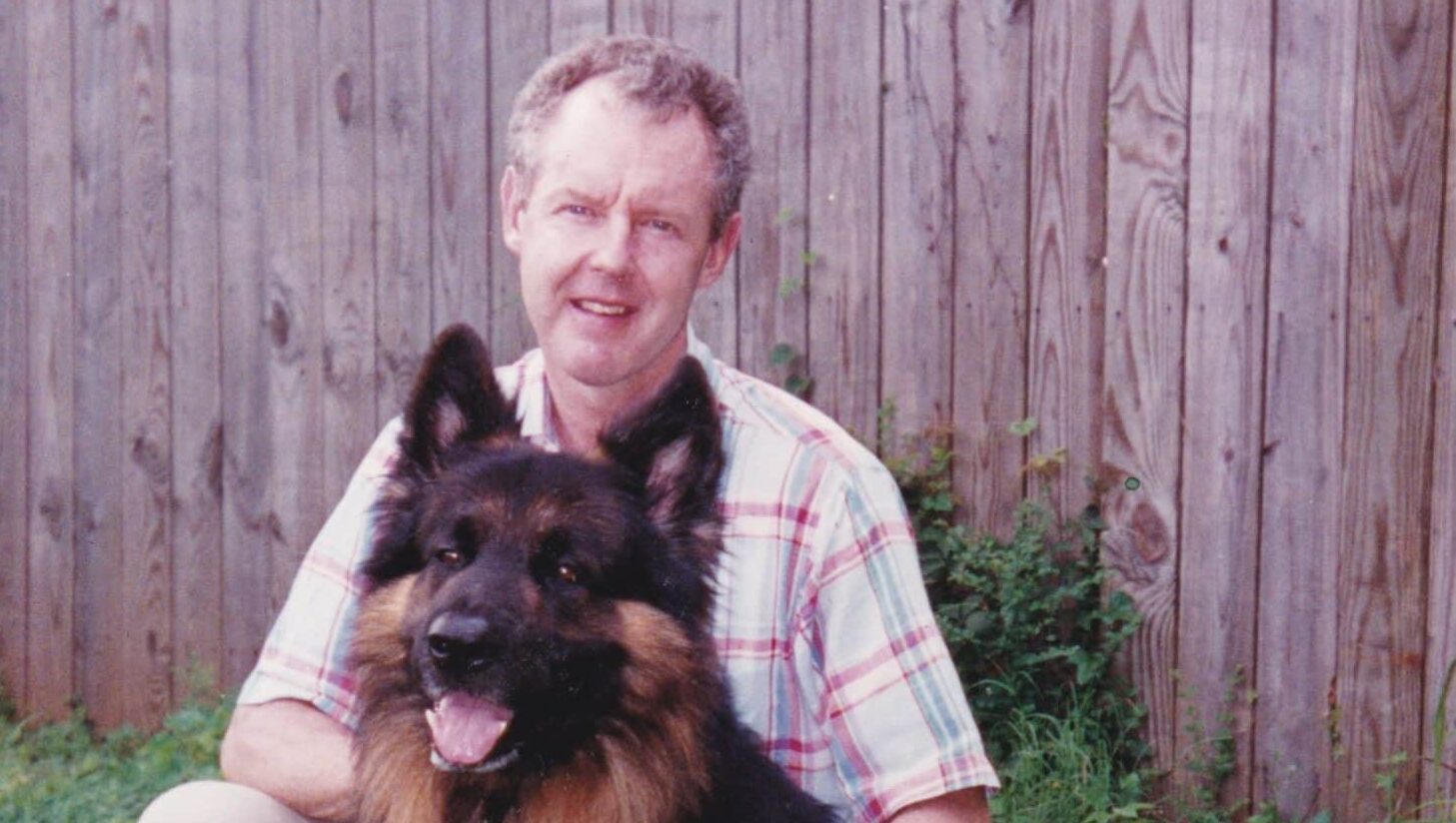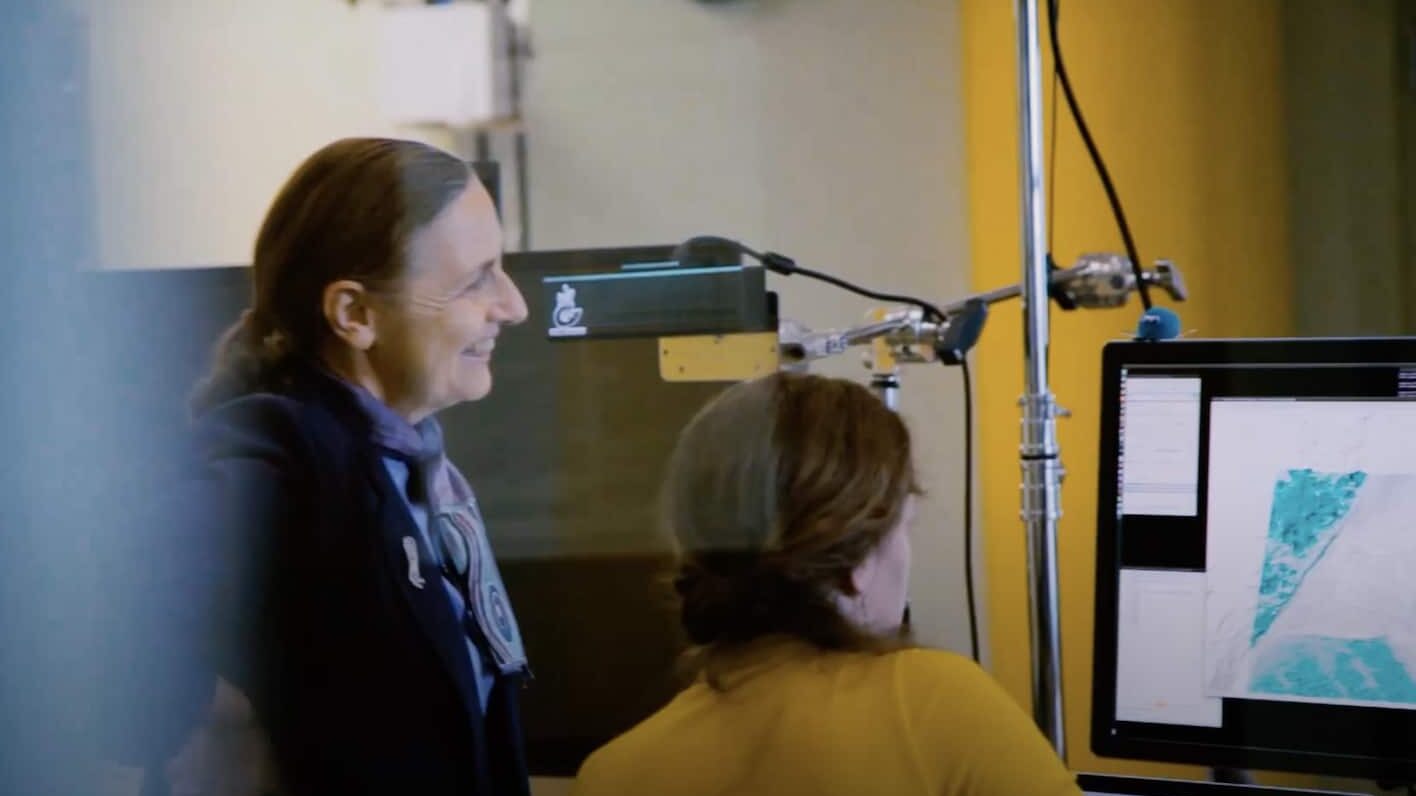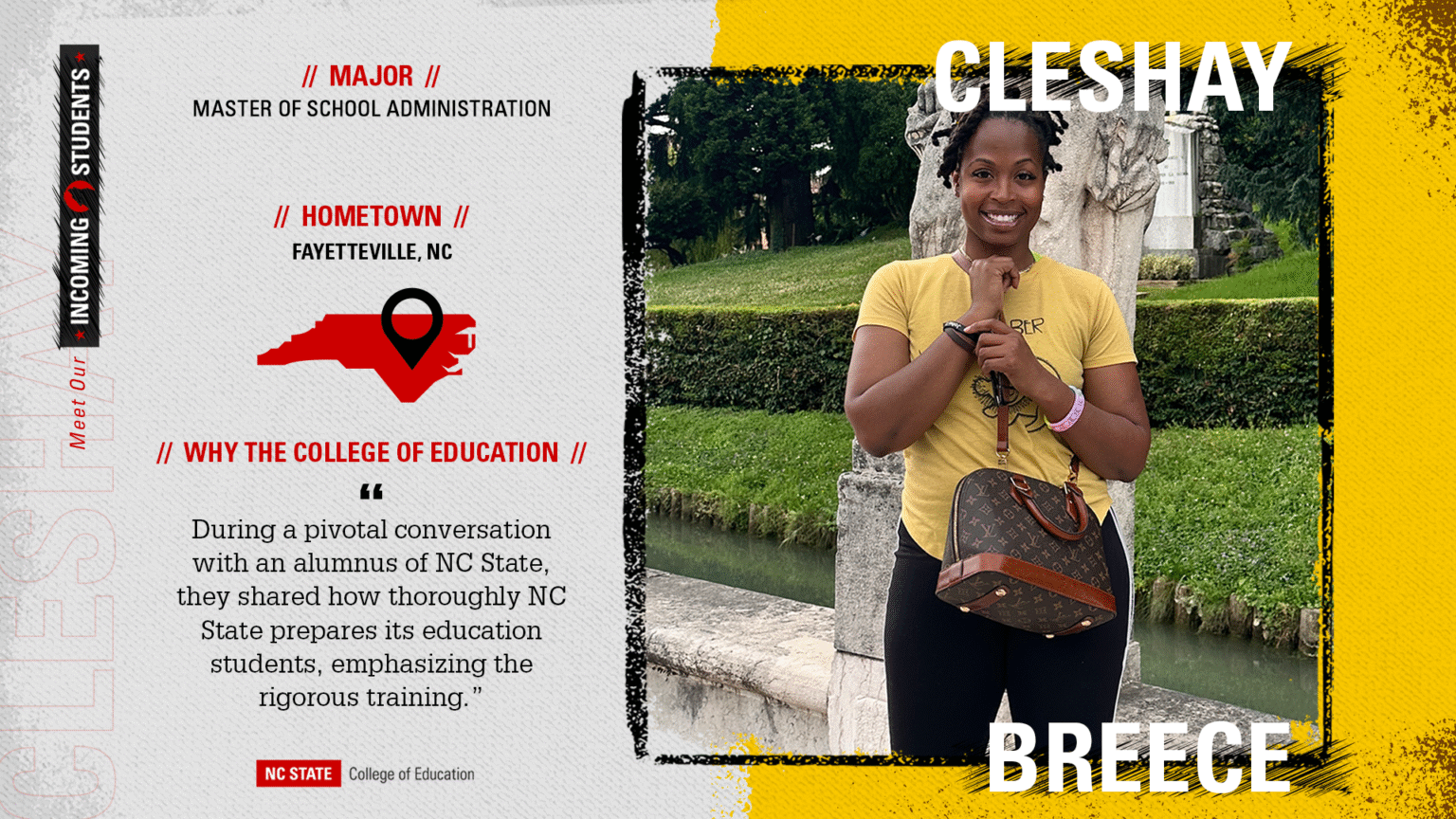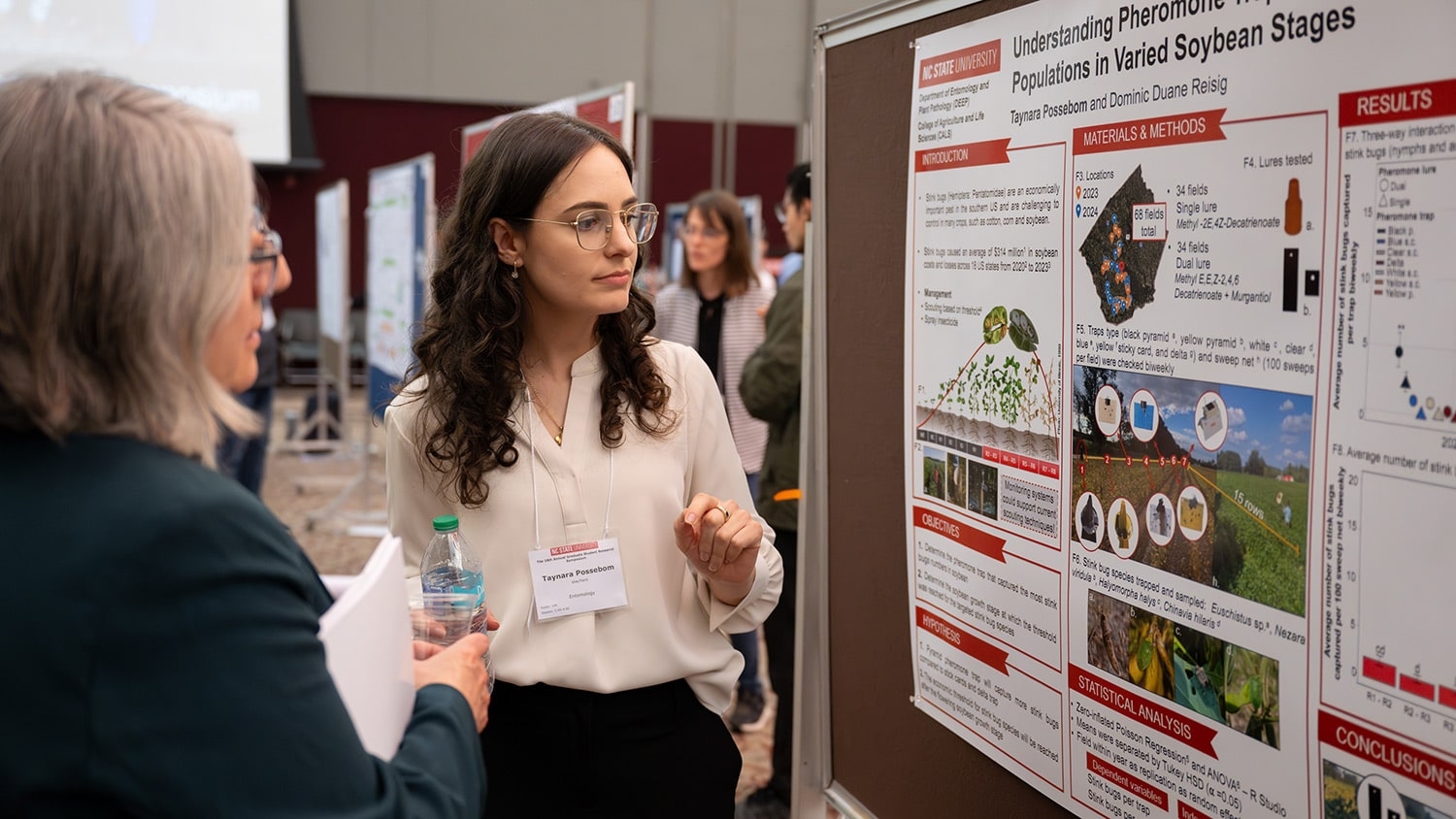John McRary has lived a life of adventure. He has worked on classified government projects, traveled the world, and reached the highest rungs of the corporate ladder.
McRary can trace these accomplishments to the three physics degrees that he received six decades ago from NC State. With that in mind, he recently made a $10 million estate gift to the College of Sciences Foundation.
McRary’s donation is the largest estate gift in the history of the college and creates the $6.5 million John W. McRary Physics Graduate Support Endowment and the $3.5 million John W. McRary Mathematics Graduate Support Endowment. The endowments will provide scholarships, fellowships and other financial awards for physics and mathematics graduate students.
“I thought it would be good to help the school support deserving students for their graduate degrees,” McRary said.
The Start of a Remarkable Life
McRary grew up in Asheville, NC. He was a good student and received a National Merit Scholarship, and when it came time to choose a college, NC State just made sense. The school’s technical focus aligned with his interests and several of his friends were going there.
“Coming from a family that had been a World War II family, they didn’t have the option to go to college,” he said. “I was sort of the first one to come through the university system.”
It was a decision that left an indelible imprint. He recalls standing outside Bagwell Residence Hall in 1957 and watching the Soviet Union’s Sputnik 1 satellite streaking across the sky, wondering about the Cold War and what it all meant. He remembers William Davis’ classes on relativity and Wesley Doggett’s on nuclear physics, both of which stoked his interests in those fields. The two professors were huge influences, as was Jack Levine in the Department of Mathematics.
“I really enjoyed my time there,” he said. “I have great memories.”
He received his bachelor’s degree in physics in 1961 and then, despite having attractive offers from other schools, elected to stay at NC State to pursue his master’s and Ph.D. degrees. By 1964, he had received all three degrees in just six and a half years while receiving both National Science Foundation and Atomic Energy Commission Fellowships. He was only 24 years old.
A Career at the Top
Upon leaving NC State and after declining offers from both the University of Miami and the Sorbonne, he went to Florida to work for Pan Am at what was then Cape Kennedy. Pan Am was a prime contractor for the U.S. Air Force at the time, and McRary was involved in various technical and operational activities for missile systems and other classified projects. He also worked on the fledgling space program. The job took him on adventures that spanned the globe.
In the early 1970s, at age 31, he joined Science Applications Incorporated, then a small company formed to work on nuclear weapons for the U.S. government. McRary was among the company’s first dozen or so employees, and during the next three decades played a major role in its explosive growth to become the nation’s largest employee-owned company with over 25,000 employees. During much of that time McRary was a senior executive running various parts of the company, and he also served for more than 20 years on its board of directors.
In 1994, he joined Microelectronics and Computer Technology Corporation as its chairman and chief executive officer. Among the notable activities during his time there was meeting then-Texas Gov. George W. Bush.
McRary retired in 2000 and moved to Huntsville, Ala., where he had lived for a time while working at Science Applications. He exercises regularly and generally lives a private life while focusing on philanthropic activities. In addition to his gift to NC State, he has also given generously to the University of Alabama football program and the church in Asheville where his family was among the founding members. His lifelong love of dogs has also led him to contribute to a number of canine rescue organizations.
He remembers his time at NC State as the fuse that sparked his career.
“I wanted to give something to recognize where it all began,” he said.
This post was originally published in College of Sciences News.
- Categories:




